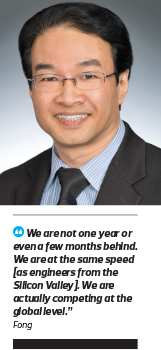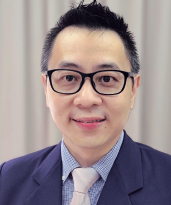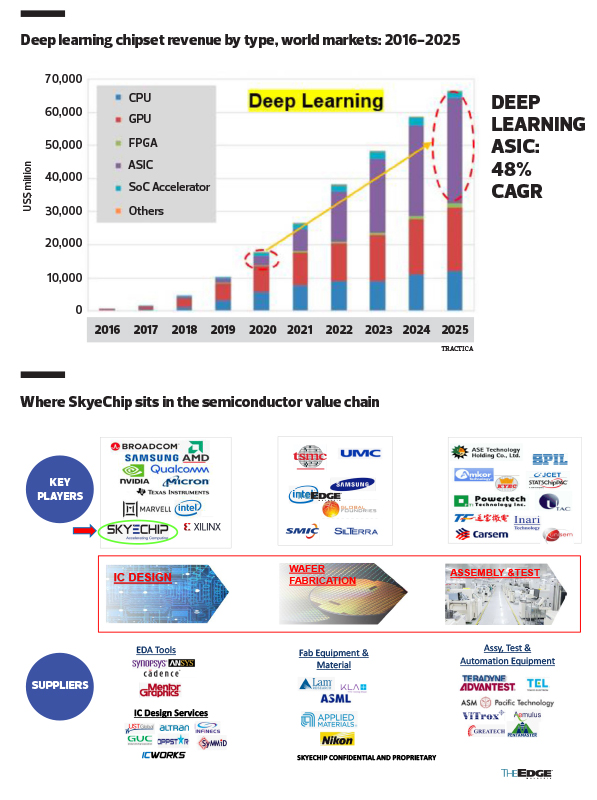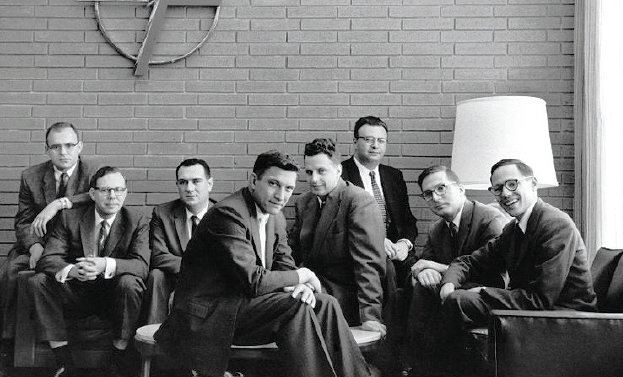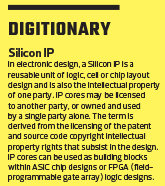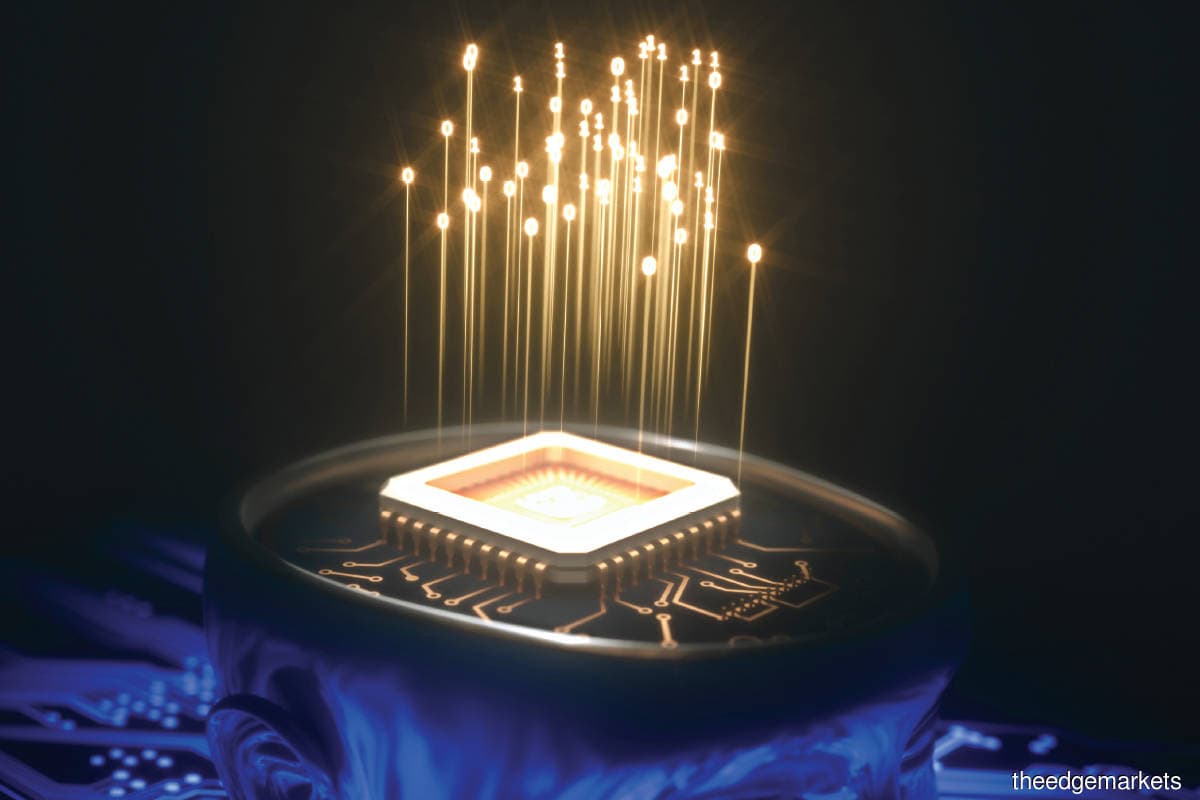
This article first appeared in Digital Edge, The Edge Malaysia Weekly on October 25, 2021 - October 31, 2021
Nearly 10 years ago, S K Fong, who was then the senior vice-president of research and development at Altera, spoke about the need for Malaysian companies in the electrical and electronics (E&E) sector to move up the value chain.
He said it was time to graduate from back-end semiconductor services (such as test and assembly) to design and development.
Today, however, Fong — who has founded his own company, SkyeChip Sdn Bhd, to deal in the rarefied area of integrated chip design for high-performance computing and artificial intelligence (AI) — admits that he may have been a little premature.
First, Malaysian engineers and designers did not have the full complement of technological know-how to build a high-end chip at the time. Secondly, even if they did, there was no market.
“Now, roughly 10 years later, we are more well-rounded, with competencies in things like architecture definitions, logic design, circuit design and how to do high volume productions.”
At that time, also, there was no market for high-end chips from Malaysia. “If a Malaysian company had wanted to supply a chip to, say, China 10 years ago, the Chinese company would have refused. They were getting their chips from Silicon Valley and even if a manager had decided to take a chance on a Malaysian company, if there were any problems, it would have been career suicide. On the other hand, they could never go wrong, buying a chip from the US,” says Fong.
The trade war changed all of that. In 2019, on a trip to China with the then prime minister Tun Dr Mahathir Mohamad, a senior vice-president of Malaysia Digital Economy Corporation (MDEC) was asked what Malaysia had to offer in terms of semiconductors. “They said, we hear Malaysia has been doing IC (integrated circuit) design for 30 years. Do you have any technology to offer?”
The senior vice-president returned home and gave Fong a call. “It’s time to step out,” she said.
At first, Fong demurred. “I said, ‘That’s my dream but it’s not so easy because we need the market’. And the officer (who is no longer with MDEC) replied, ‘The market is there’.”
She went on to tell him about how the government officers and businessmen in China had questioned her as to Malaysia’s capabilities in this area. “They soon realised that Malaysia was not only good for manufacturing; we are also good at design.”
Then the China companies wanted to know if there were any Malaysian companies that could step up and offer the same capabilities as those from Silicon Valley that were now barred from dealing with them. “In the past,” Fong adds, “they would never have asked such a question.”
At the time, Fong was the senior director of global operations at Broadcom. He had started out at Intel, where he learnt chip design and eventually took over the running of the Intel Penang Design Centre and moved on to Altera as senior vice-president of research and development. He stayed there for five years before joining Broadcom, where he learnt all about the worldwide semiconductor supply chain, from foundries to outsource assembly and test operations.
The call from the MDEC officer “ignited a spark”. Fong roped in his co-founder and now chief technology officer (CTO), Teh Chee Hak — the name SkyeChip comes from the amalgamation of their initials, SK and CH — and decided that the company would design chips for AI and high-performance computing. “We had been doing this for Intel and if we came out of there, we would be able to reproduce what we were doing for Malaysia. And we would be doing it for high-end applications.
“Our CTO is a very rare talent and perfect model for Malaysian graduates. He joined Intel as a fresh grad and over the years, he acquired enough expertise to become the chief architect for Intel’s global Programmable Solutions Group (formerly Altera), defining the architectural specifications for the next generation FPGA (field-programmable gate array),” says Fong.
First things first
After the phone call from the MDEC officer, Fong got in touch with potential clients in China and discovered that there was indeed a market. Then he made up his mind.
“It was okay for me to jump because I was in a comfortable position. I had been working in the industry for so many years and my children were all grown up, so I could afford to take risks. But it was another matter for my team who were in their thirties — a different stage of life with different commitments.
“I needed to show them what was in front of us and why we could make a difference. So, we actually went in and studied the market together, looked at the trends and did some self-assessment,” says Fong.
The long and short of it was that if they were able to secure funding, they could actually come out and start a company. “And the technology we were proposing to work on would be so advanced, they might not even be doing it in multinational companies.”
This was important for a variety of reasons. To attract IC designers, you have to promise them exciting, cutting-edge work. If they are only going to be doing what they have always done, there is a danger of stagnating and being left behind.
To entice them to make the jump, Fong and Teh would need to have a killer proposition. And they did. Firstly, the engineers would be working on very advanced, world-class technology. Secondly, they would not be losing out financially. And third and most importantly, they would be part of creating a Malaysian dream company in the semiconductor industry, one that was in the forefront rather than back-end and would be competing with famous Silicon Valley companies on its own terms.
The opportunity was staggering. “If you look at the data, you would realise that this is a once-in-a-century kind of opportunity. And when we look at China, we not only look at the total market, we are also looking at a market that has been limited by the US embargo.
“You hear all kinds of stories about Huawei trying to exit its cell phone business because it can no longer get its supplies and how the US has also blacklisted all AI companies in China on the grounds that they have human rights infringements.”
So, there is a major dearth in supply and a huge burgeoning demand. “China is not small. In fact, it has a 42.8% share of the worldwide high-performance computing market. It’s a huge market and a high-growth market. Last year alone, this market grew by 67%. There is a major opportunity in this huge market, which has been deprived of supply.”
This market used to be in the pocket of US companies. “The China market used the chips and technology from the US to build their Alibaba, their Baidu, Tencent and WeChat. These companies write the software but they need the hardware to support them. And now suddenly, their suppliers say, we cannot ship to you because you are doing this and that.
“So, where are they going to find the solutions? They have to look elsewhere and we are hoping that Malaysia, as a neutral country, can latch on to this opportunity and help fill this gap,” says Fong.
The story was good enough to attract the best and the brightest. “This is the first time in Malaysia’s E&E history that a group of more than 20 IC design experts ventured out into a start-up. Together, just the 30 founding members have total experience of more than 400 years with more than 80 patents filed in the course of their careers.”
Fong, together with Teh, handpicked the team. “I have a super great team. When we were selecting them, first we looked to see if they had the combination of desire and enthusiasm. They needed to have the fire and believe in the mission. Next, we looked into their areas of expertise because we were trying to assemble a team with complementary skill sets.”
They did not outsource hiring to a third party. “We did it ourselves. I know these people because they are the ones who had been working with me for 10, 15, 20 years. So, the trust is there.”
Once he resigned from Broadcom, Fong lost no time in buying a shell company to get it registered quickly. “We didn’t want to spend time going through the registration, so we let the professionals do it.”
They identified the team and started hiring in May and June of last year. “Before that, we were still in the planning stage and the members of our team needed to give their notice. So, the actual onboarding took place in June last year.”
At first, SkyeChip occupied one of the Crest (Collaborative Research in Engineering, Science and Technology) offices in Universiti Sains Malaysia but it outgrew this office, which could only seat 30, pretty quickly. Today, it has 90 staff members.
Some 15 months into its formation, the company has already filed a whopping 11 patents. “Doing that in such a short time frame is amazing. It shows that Malaysian engineers are good but before this, they didn’t really have the platform,” says Fong.
He adds that SkyeChip’s engineers are designing chips and products in parallel with engineers from the Silicon Valley. “We are not one year or even a few months behind. We are at the same speed. And we don’t compete at the kampung, MSSM or even at the Malaysian top level. We are actually competing at the global level.”
The formation of this company has sent a frisson of excitement through the industry. And already, the Economic Planning Unit, realising what a strategic company this collection of high-level IC designers is, has made an investment through the Domestic Investment Strategic Fund, although Fong declines to say how much.
He says SkyeChip wanted to develop its own technology to prove its capabilities to the world. “We picked HBM-3 (the third generation of high bandwidth memory chips) because we knew that this is a new technology that will be needed for AI and also, for high-performance computing.”
For context, HBM-2 chips are being used in Fugaku, the fastest supercomputer in the world, which was built by Fujitsu. HBM-3, which are next-generation chips, are not even out in the market yet.
“Our aim is actually to develop and get this IP (intellectual property) proved first and then we will use that to expand our business. We need to prove that our IP is working and world class, and we will use it as a differentiator, a building block for our products. So, we have IP and we’re going to have our own products.”
In the meantime, it has been developing other IP in parallel, which is why the company is already making money. “That’s the beauty of being in the cutting edge. As soon as we formed this company, some of our old colleagues, who know of our capabilities, came a-calling. They actually asked to licence our IP. While we are developing the HBM-3 IP, we are also developing other IP.”
Fong points out that in the semiconductor industry, everything is done in US dollars. “The licence for one IP is about US$2 million to US$3 million. So, if you multiply that by four, it’s like an eight-digit income already. You see the beauty of being in high tech: the contracts and deals are in these numbers.”
He points out that the company still has many steps to go. “First, we need to prove that our IP is world class. Then based on this IP, we’re going to build our own ASIC (application specific integrated circuit) products for companies that need this chip.”
Show me the money
Naturally, Fong is already thinking ahead. He plans to turn SkyeChip into a RM1 billion company by 2025, which is when he plans to go for an initial public offering (IPO). “Deep learning, which is the market we want to play in, can be supported by a few technologies such as the Intel microprocessor, Nvidia’s graphic processing unit as well as Altera’s FPGA (field-programmable gate array). It can also be supported by ASIC and this is the slice of the market we are targeting.
“We are not going to compete with Intel because our strength is not in CPUs (central processing units). We are not competing with a company like Nvidia in graphic processing units. And we are not going to build an FPGA.
“But we do know how to build ASIC with our own IP. And the total market for this portion — driven by high-performance computing — last year alone was US$8.6 billion. Four years from now, this market is going to be US$38.6 billion.”
What share of this market is SkyeChip targeting? “I actually calculate it in a different way. If we want to be a RM1 billion company by 2025 or 2026, to have a market capitalisation of RM1 billion, assuming a price-earnings ratio of 10, which is very conservative for a tech company, we would need a profit of RM100 million. It seems like a lot in Malaysian ringgit but if you divide it by four, it’s only US$25 million; and this is net profit. So, if this profit is about 50% of revenue, we are targeting US$50 million in terms of revenue.
“And if you look at the total market of US$38.6 billion, you will see that we are only talking about 0.13% of the market. Some 99.9% will still be supplied by others.”
The beauty of this is how it leaves room for the company to grow. “If we happen to take another 0.03% of the market, that represents a growth rate of 30% a year. So, not only is the number big, the room for growth is huge.”
And if these are the numbers being bandied about, it is no wonder there is so much excitement in the market about the creation of Malaysia’s very own homegrown IC design company.
“It’s a huge market to be in. The key to opening up this market is how good our design and technology are,” says Fong.
Save by subscribing to us for your print and/or digital copy.
P/S: The Edge is also available on Apple's App Store and Android's Google Play.

